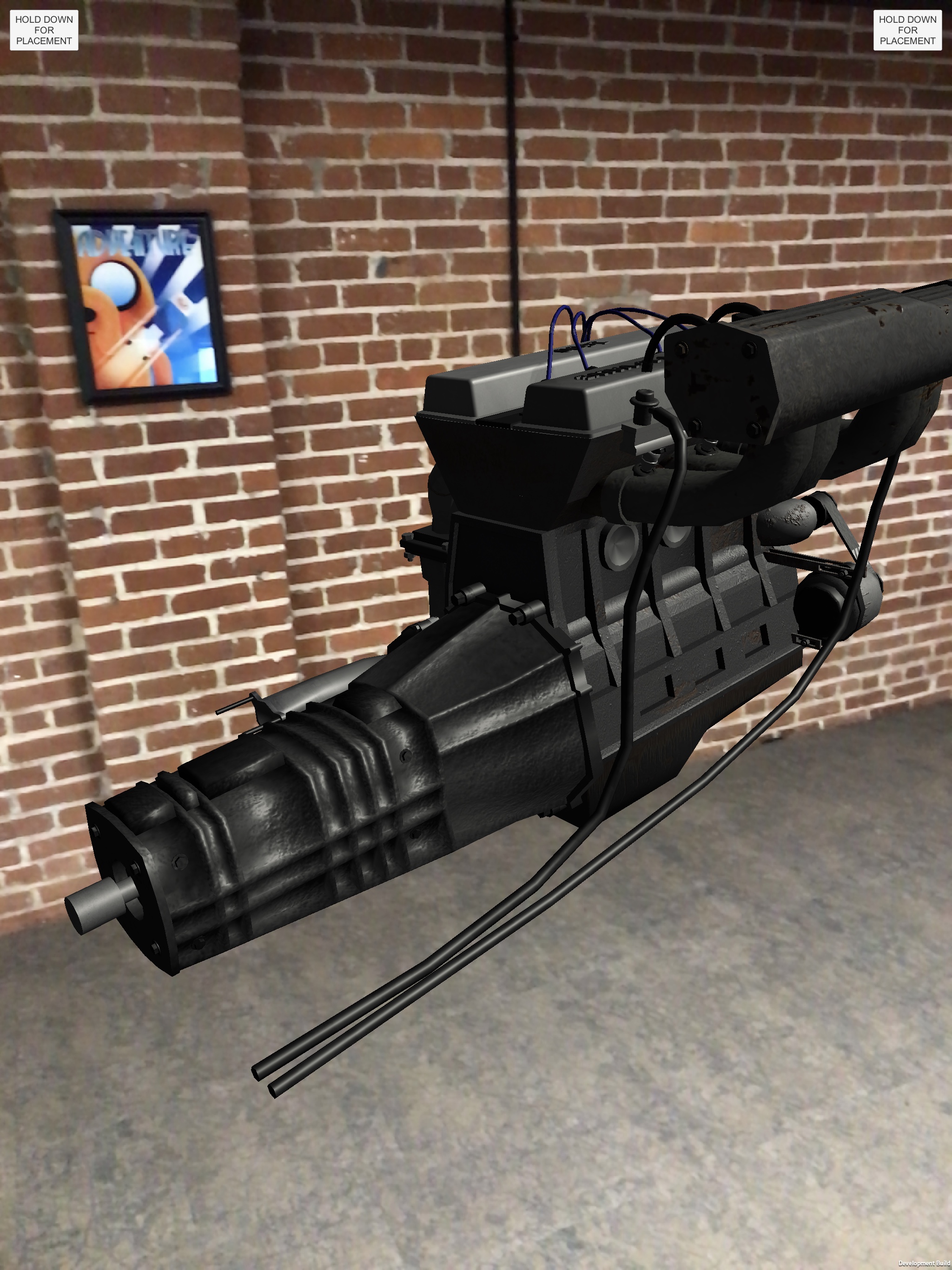The sales marketplace is competitive. This is not news! What is new is the accessibility of Augmented Reality which can give you a wow-ing, competitive advantage. It’s understandable to hesitate when it comes to emerging technologies, however now is the time to provide these tools to your salespeople if you want to stand out.
So why AR? Many sales engagements require a hands-on demonstration in order to get a buyer interested. Sure, your pictures look nice and the video demonstrations you have are great, but ultimately your prospect wants to interact with your product, hands on, before buying.
In the industrial vertical, sales of products can be especially complicated – cumbersome equipment, too heavy to lug to each meeting, often pressures a prospect to get on a plane and travel in order to view your product and all of its glorious features. Time and money! And let’s face it, you can’t convince the prospect to take on that investment very often.
Augmented Reality removes many of the aforementioned barriers-of-entry. How so? Augmented Reality allows you to talk your prospect through the many advantages of your product and actually illustrate them in the Augmented Reality environment using a tablet or wearable device.
So how does this all work? Augmented reality allows you to take 3D models or BIM files of your product and interject them into an environment utilizing a mobile device, tablet or wearable. You and your prospect will be able to see and interact with the product. Want to see the machine run? No problem! Want to place the machine in their own environment? No problem! The relational nature of Augmented Reality allows the user to control the placement and interactions with the model completely from the device. This cuts through the headache, cost, and roadblocks of needing to physically deliver, setup, and demo a product for a prospect early in the sales cycle.
How does this increase your sales numbers? By enabling your salesforce to effectively demonstrate your product suite to your prospect without any investment on their part, your chances of converting that prospect into a lead jumps dramatically. Having them operate the controls of a machine or watching it produce their product right there on the screen will provide them with an almost real-life experience that your competitors will not be able to provide. As time progresses, consumers and companies alike are demanding more AR technology. The e-commerce titan Shopify states that 61% of consumers prefer retailers with AR experiences, and 40% of them would pay more for the product demonstrated via AR. It’s easy to see that the market wants more AR experiences available.
So what does AR look like?


Above you can see a simple 16 valve engine we placed into a virtual environment. To enhance the AR experience, we added animations and sounds to simulate the engine running. If you walk up to the engine, you could see the inside mechanisms functioning (You can check it out here).
Let me be the first to tell you that Augmented Reality is not rocket science and should not intimidate! If you have 3D models of the product you wish to produce in an Augmented Reality environment, you are halfway there.
The rest comes to, “What do you want to do?” The possibilities are numerous, but that is where our team comes in; we help you walk through the process from start to finish; explore what is feasible. Once we know what will make the most impact on your prospect, we can begin working on converting your static 3D models into a dynamic sales tool that will impact your company’s bottom line and profit margins.
Source:
Sheehan, Alexandra, and Etsy. “How These Retailers Use Augmented Reality to Enhance the Customer Experience – In-Person Selling and Pop-Up Shops.” Shopify, 21 Feb. 2018, www.shopify.com/retail/how-these-retailers-are-using-augmented-reality-to-enhance-the-customer-experience.
